23 new Marine Conservation Zones announced
Ali Plummer
Living Seas Officer for The Wildlife Trusts
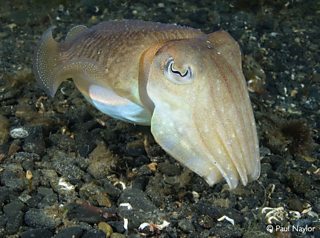
Dover to Deal, Cuttlefish
Our seas are a fantastic resource, providing us with food for our tables, much of the oxygen we breathe, helping to regulate our climate and providing us with an unrivalled playground.
We are fortunate that, as an island nation, our seas have the potential to be some of the most productive in the world but only if we treat them with proper care, protecting areas to allow our seas to cope with the huge demands we place on them, and to allow areas to recover from damage and neglect.
Which is why the announcement in early January 2016 on the designation of in England and Secretary of State waters is to be welcomed. These areas will add to the 27 which were designated in 2013, providing protection for some of the multitude of habitats and species found in our waters.
Places such as The Needles Marine Conservation Zone, which will provide protection for habitats including seagrass beds and the weird and wonderful sea hares found within them. Or Holderness Inshore Marine Conservation Zone and its range of sediment habitats, supporting sponges, cup-coral, sea-fans, anemones and more...
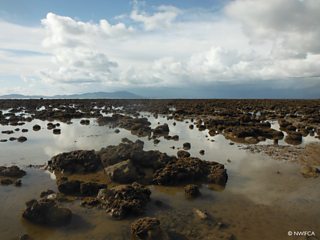
Allonby Bay, Honeycomb worm reef
These MCZs are not no-take-zones, but they will protect the habitats and species from damaging and degrading activity, whilst allowing sustainable activities to continue. They will provide our seas with the breathing space they need to allow them to cope with the range of pressures they are under, and protection for some of our most fragile and vulnerable habitats and species from damage.
A network of such places is worth so much more than the sum of its parts. Each individual area, as part of a UK-wide network, helps to ensure that we have resilient, robust and comprehensive protection for our seas. And this should be of importance to us all, whether we live inland or at the coast, as a healthy and diverse sea means it is able to continue to provide us with the many resources on which we all depend.
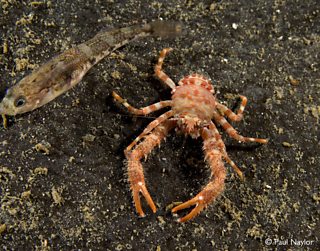
Coquet to St Mary's, Squat lobster
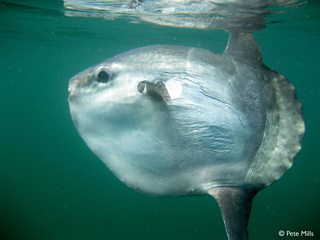
Mounts Bay, sunfish
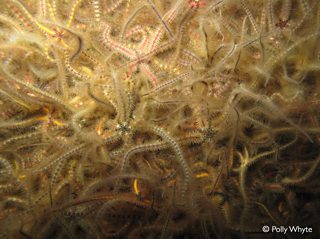
Northwest of Jones Bank, Brittlestar bed
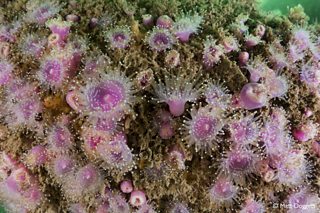
Greater Haig Fras, jewel anenomes

The Swale, peacock worms
